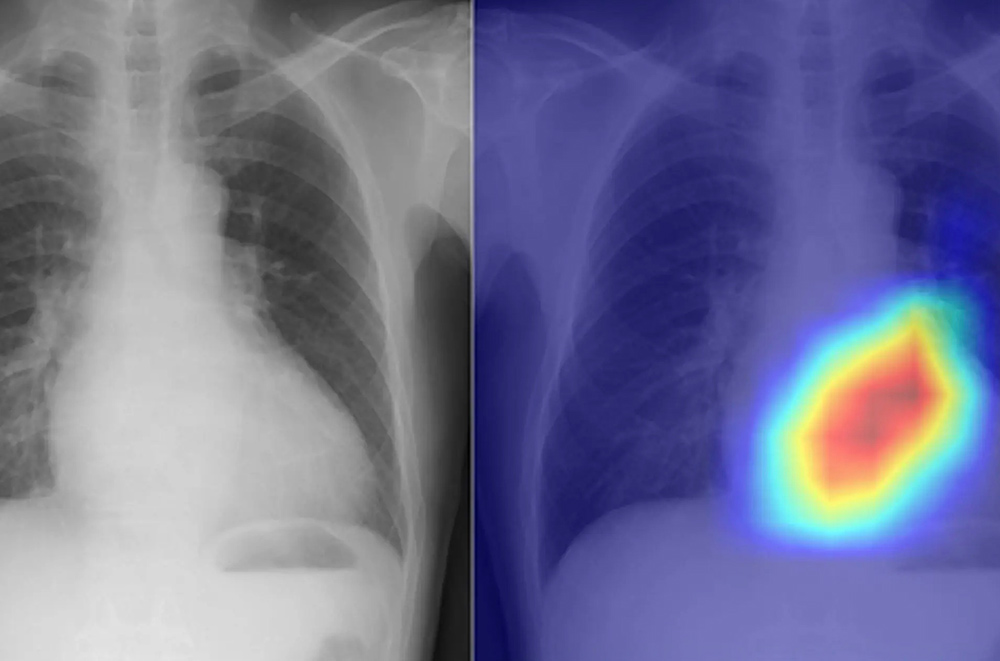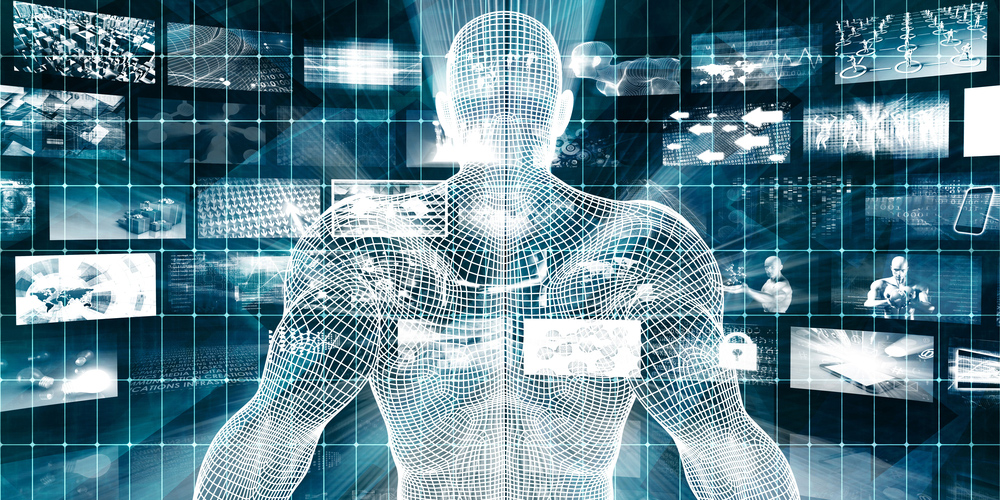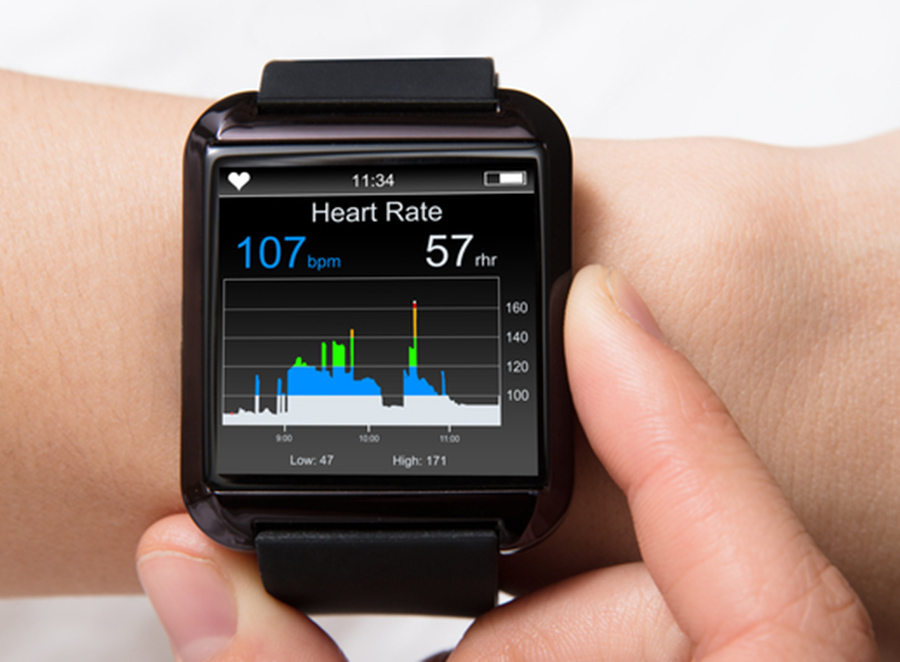As we continue to advance in the 21st century, significant technological medical breakthroughs are revolutionizing the field of medicine. This includes;
Artificial Intelligence (AI), Machine Learning (ML), nanotechnology, wearable medical devices, and other innovations herald a new era of healthcare, promising to enhance patient outcomes and streamline medical processes.
With these advancements, the future of new medical breakthroughs is looking increasingly promising. Let’s delve into some of these revolutionary medical breakthroughs and their potential impacts on healthcare.
Introduction
The medical field has witnessed immense progress over the years. From the discovery of antibiotics to the development of vaccines, each breakthrough has significantly improved human health and longevity.
However, the advent of technology has accelerated this progress, redefining what is possible in the world of medicine. Today, we stand on the brink of another revolution – one driven by technological advancements such as AI, ML, nanotechnology, and wearable medical devices.

These technologies promise to fundamentally transform healthcare, making it more personalized, accessible, efficient, and effective.
Machine Learning and Artificial Intelligence in Medicine
Machine Learning and Artificial Intelligence have emerged as transformative forces in medical breakthroughs. By leveraging vast amounts of patient data, these technologies enable clinicians to make more informed decisions, leading to improved patient outcomes.
From assisting in diagnosing diseases to predicting patient outcomes, ML and AI offer numerous applications in healthcare.
Applications of Machine Learning and AI in Healthcare
Diagnosis and Treatment
AI and ML are playing pivotal roles in the diagnosis and treatment of diseases. For instance, they can analyze X-ray results (link), blood samples, DNA sequences, and other medical data far better and faster to identify patterns that may indicate the presence of a disease.

Predictive Analytics
ML’s primary use in the near future will involve data analysis. With each patient comes large bulks of data including X-ray results, vaccinations, blood samples, vital signs, DNA sequences, current medications, other past medical history, and much more.
This data, when analyzed using ML, can help predict disease progression and response to treatment, enabling personalized care.
Case Study: VeriSIM Life
The vision is to use AI to make drug discovery faster and cheaper, creating a huge leap in medical breakthroughs. VeriSIM Life is a leading artificial intelligence (AI)-enabled company that specializes in making early and accurate predictions about compound safety and efficacy.
They have developed a unique approach to drug development, using AI and machine learning to create “digital twins” of various human body types and animals. Think of this as a Bio SIM on the playing field. An artificial virtual human replacing the infamous lab rat.

These digital twins allow VeriSIM Life to simulate how pharmaceuticals would impact real-life subjects before even going to clinical trials.
By leveraging AI technology, VeriSIM Life is able to analyze and test drugs at lightning speed, significantly reducing the time and cost associated with traditional testing methods.
The impact of this partnership and the advancements made by VeriSIM Life are significant. By using AI-driven technology to analyze pharmaceuticals before human trials, the need for animal testing is reduced, making this one of the most promising medical breakthroughs on the horizon.
This not only saves the lives of countless animals but also accelerates the drug development process. With the ability to make early predictions about compound safety and efficacy, researchers can quickly identify the most promising drug candidates and focus their efforts on those with the highest likelihood of success.
Wearable Medical Devices
Wearable medical devices represent another significant innovation in healthcare. These devices, embedded with nano-enabled sensors, monitor physiological parameters continuously, providing real-time feedback to both patients and healthcare providers.
They are particularly useful for managing chronic conditions like diabetes, heart disease, and sleep disorders.
Types of Wearable Medical Devices
There is a myriad of wearable medical devices available today, each serving a unique purpose. These include fitness trackers, smartwatches with health-monitoring features, and biosensors for continuous monitoring.
Fitness Trackers
Fitness trackers are popular wearable devices that monitor various health-related metrics such as steps taken, heart rate, calorie consumption, and sleep quality.
By providing insights into a person’s daily activities, these devices can motivate individuals to lead healthier lifestyles.
Smartwatches with Health Monitoring Features
Smartwatches have evolved beyond mere time-telling devices. Today, they come equipped with various health monitoring features such as heart rate monitors, sleep trackers, and even electrocardiogram (ECG) monitors.

Some advanced models can also detect falls and send automatic alerts to emergency contacts. We’ve already seen where iPhones have called for help detecting a fall.

Biosensors for Continuous Monitoring
Biosensors are another category of wearable devices that have gained popularity in the healthcare sector.
These devices can continuously monitor vital parameters such as blood glucose levels, blood pressure, and oxygen saturation, alerting users and their healthcare providers to any abnormal readings. This enables timely intervention and better management of chronic conditions.
Nanomedicine
At the intersection of nanotechnology and medicine lies nanomedicine – a promising field that uses nanoparticles to diagnose, treat, and prevent diseases.
Nanomedicine has the potential to revolutionize healthcare by enabling targeted drug delivery, enhancing regenerative medicine, and improving cancer treatment.
How Nanotechnology is Revolutionizing Medicine
Through its ability to manipulate materials at the molecular level, nanotechnology is transforming several aspects of medicine.

It offers solutions for efficient drug delivery, tissue regeneration, and cancer therapy, among other things. like Targeted Drug Delivery.
One of the most exciting applications of nanomedicine is targeted drug delivery. By attaching drugs to nanoparticles, scientists can direct them precisely where they are needed in the body. This allows for more effective treatment while minimizing harmful side effects.
Regenerative Medicine
Nanotechnology also holds promise in the field of regenerative medicine. By manipulating cells and tissues at the molecular level, it could potentially aid in the repair or replacement of damaged body parts, offering hope for conditions that currently have no cure.
Case Study: Nanotech Sensors for Alerting Upcoming Heart Attacks
Eric Topol, MD, at San Diego-based Scripps Health, has been working with Axel Scherer, Ph.D., of Caltech to create tiny nanosensor chips, which show promise at being the key to detecting the precursors of a heart attack.
The nanosensor [to predict heart attacks] to put in the blood is only a few years away. – Eric Topol
— Science Friday (@scifri) August 17, 2012
These tiny, implanted sensors alert individuals with a warning on their smartphone or other wireless device to seek medical attention from their cardiologist.
This groundbreaking chip is a microscopic marvel, measuring an astounding 90 microns, a fraction of the size of a single grain of sand.
A medical professional would inject the nanosensor directly into a patient’s arm, allowing it to travel all the way down to the tip of the finger and take up residence, monitoring the patient’s blood for any endothelial cells shed from the walls of the arteries, a warning sign of an impending heart attack.
Telemedicine
Telemedicine is a rapidly growing field that leverages technology to provide remote medical care and consultation. It offers numerous advantages, including improved access to healthcare, cost-effective care, and remote patient monitoring.
Improved Access to Healthcare
Telemedicine eliminates geographical barriers, allowing patients to receive medical care regardless of their location.
Patients in remote areas or those with mobility issues can access specialists and receive the care they need without having to travel long distances.
Cost-Effective Care
Telemedicine reduces healthcare costs by eliminating the need for in-person visits, which can be expensive and time-consuming. Patients can consult with healthcare providers remotely, saving both time and money.
Remote Patient Monitoring
Telemedicine enables remote patient monitoring, allowing healthcare providers to track patients’ vital signs and health parameters from a distance.
This is particularly beneficial for individuals with chronic conditions who require regular monitoring and interventions.
CRISPR and Gene Editing Giving Us Next-level Medical Breakthroughs
CRISPR (Clustered Regularly Interspaced Short Palindromic Repeats) is a revolutionary gene-editing technology that has the potential to transform medicine. It allows scientists to precisely modify genes, opening up possibilities for treating genetic diseases and advancing biomedical research.

What is CRISPR?
CRISPR is a gene-editing tool that uses a protein called Cas9 to target specific sections of DNA. By introducing changes to the DNA sequence, scientists can potentially correct genetic mutations that cause diseases.
Gene Editing Applications
CRISPR has the potential to revolutionize the treatment of genetic diseases. It offers a precise and efficient way to edit genes, potentially correcting genetic mutations that cause conditions such as cystic fibrosis, sickle cell anemia, and muscular dystrophy.
Treatment of Genetic Diseases
CRISPR holds promise for treating a wide range of genetic diseases. By correcting faulty genes or introducing healthy genes into cells, it could potentially provide long-term solutions for individuals with genetic disorders.
Creating Disease Models for Research
CRISPR also allows scientists to create disease models by introducing specific genetic mutations into cells or organisms. This enables researchers to study the underlying mechanisms of diseases and develop new treatments.
Case Study: A Possible Cure Just By Editing a Gene
Patrick Doherty, an active individual who enjoyed hiking, began experiencing symptoms such as pins and needles in his fingers and toes, cold feet, and shortness of breath while walking uphill.
After discovering that he had a rare inherited disease called transthyretin amyloidosis, which had also claimed his father’s life.
Doherty was struck with despair upon learning the devastating prognosis of his condition, yet his spirits were lifted when he heard of a promising experimental treatment for amyloidosis utilizing the groundbreaking gene-editing technique CRISPR.
In a recent report, researchers revealed promising results from the initial data obtained after treating Doherty and five other patients using CRISPR. The treatment caused a significant decrease in the levels of the destructive protein associated with amyloidosis in their bodies.
This breakthrough in amyloidosis treatment not only offers hope to patients with the disease but also demonstrates the potential of CRISPR as a tool for treating a wide range of more common diseases (full story)
Jennifer Doudna of the University of California, Berkeley – the Nobel Prize-winning scientist behind the development of CRISPR – praised the impact of the discovery, seeing this as “A major milestone for patients.”
Future Trends in Medicine
The future of medicine holds many exciting possibilities. Several emerging trends have the potential to shape healthcare in the years to come, including personalized medicine, virtual reality, and 3D printing.
Personalized Medicine
Personalized medicine aims to tailor medical treatments to an individual’s unique genetic makeup, lifestyle, and environment.
Advances in genomics and AI are making personalized medicine a reality, allowing for more targeted and effective treatments.
Virtual Reality in Healthcare
Virtual Reality (VR) has the potential to transform various aspects of healthcare, from medical training to pain management.
By immersing patients in virtual environments, VR can alleviate anxiety, improve rehabilitation, and enhance surgical planning. Think of this as allowing a dry run before the actual surgery. Doctors might discover a problem and how to avoid it before the incision.
3D Printing in Medicine
3D printing is revolutionizing the field of medicine, enabling the creation of customized implants, prosthetics, and even human tissue. This technology holds immense potential for improving patient outcomes and reducing healthcare costs.
Conclusion
The future of medicine is incredibly promising, thanks to the rapid advancements in technology. AI, ML, nanotechnology, wearable medical devices, telemedicine, CRISPR, and other breakthroughs are reshaping healthcare.
As we continue to explore the possibilities offered by these innovations, we can look forward to a future where healthcare is truly transformative and patient-centered, somewhat following the methods of Dr. Mark Hyman, and his approach to functional medicine.












